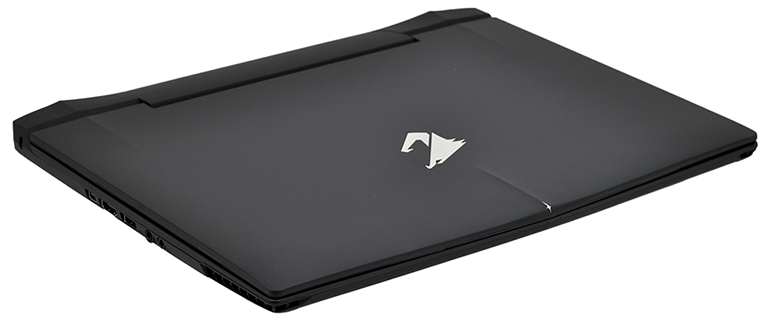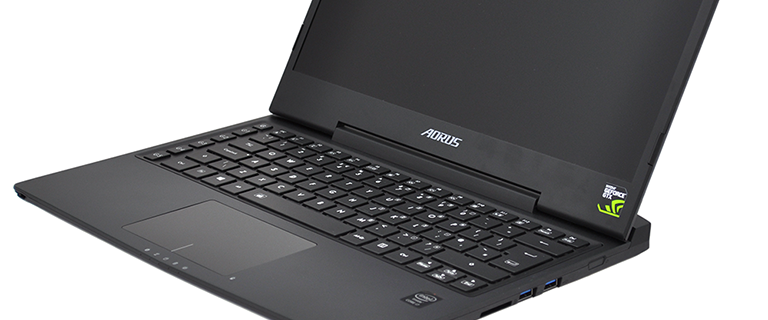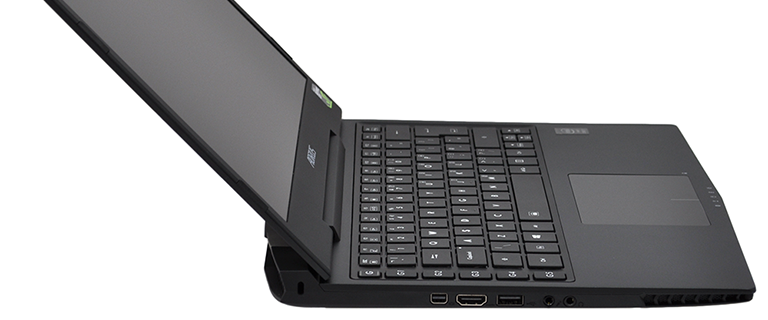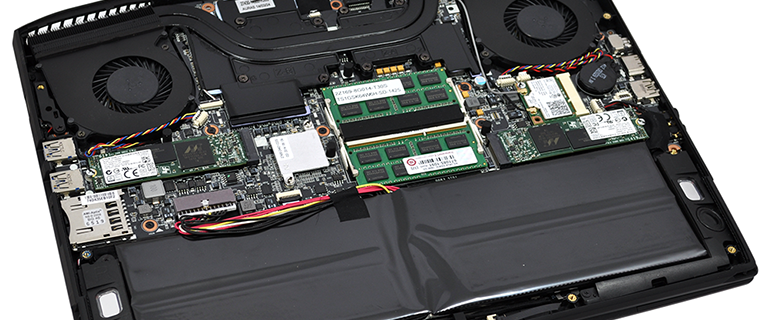Introduction
Aorus made its gaming laptop ambitions pretty clear with the launch of the Aorus X7 at the turn of the year. The high-power machine was a laudable first attempt, and by incorporating dual GeForce GTX graphics chips and a quad-core Intel Haswell processor in a sub-23mm chassis, it enabled Aorus to stand up and be noticed.
But that was some seven months ago, and in this industry, you need to keep chipping away if you have any intentions of making inroads against the established competition - Razer, Alienware and MSI come to mind. The good news for Aorus is that, as a subsidiary of Taiwanese tech giant Gigabyte, it shouldn't be lacking in R&D funds or manufacturing capabilities. The company has been hard at work on a smaller sibling to sit alongside the X7 and here it is: the Aorus X3 Plus.
Priced at £1,549, the X3 Plus is every bit as ambitious as its bigger brother, if not more so. Measuring 22.9mm thick, the 13.9in machine is surprisingly thin for a gaming laptop and at 1.87kg in weight, it can easily be described as highly portable. The form factor is just about right for a transportable gaming laptop, and if you liked the look of the X7, you'll feel right at home here.
Aorus has kept its design language firmly intact, to such an extent that it almost looks as though the product shots have simply been resized in Photoshop. But look closer and you do start to see some obvious differences. Firstly, the overall size of the machine is much better-suited to travel - the 17in X7, while thin, was still a big system - and the profile this time around is less curved, giving the whole laptop an edgier, modern look.
Aesthetically, we're impressed - the X3 Plus has just enough jazz to let it be known that it is a powerful gaming laptop (the exhaust vents at the rear are something of a giveaway) yet it isn't gaudy or over the top.
Build quality, too, is above average, as Aorus mixes metal and plastic to deliver a chassis that's reasonably sturdy and well-weighted. We like the fact that the lid can be opened one-handed, though the upstand behind the display is a bit of a sore point as it limits the display angle to roughly 130 degrees. And while build quality is good compared to most other gaming laptops, it isn't up to Ultrabook/MacBook levels: there are signs of flex in both the lid and the keyboard tray.
The attraction to gamers won't be necessarily the way the X3 Plus looks and feels, but rather the fact there's an incredible array of hardware under the hood. Let's just reel off the spec sheet, shall we? And remember this is a 13.9in laptop measuring less than 22.9mm thick.
Here goes; a 3.6GHz Intel Core i7-4860HQ processor; integrated Intel Iris Pro 5200 graphics; dedicated GeForce GTX 870M graphics with 6GB of GDDR5 memory; 16GB of dual-channel RAM; dual 256GB M.2 SSDs in RAID 0; a backlit keyboard; Killer Gigabit Ethernet; Intel Wireless AC and Bluetooth 4.0. Oh, and to top it all off, the 13.9in display is an IGZO (Indium Gallium Zinc Oxide) TFT touting a lush QHD+ 3,200x1,800 resolution.
That's some serious horsepower, even by desktop standards. Undoing 10 Torx screws on the bottom of the chassis allows us to get a look at how everything is crammed inside. A 73.26Whr Lithium Polymer battery takes up a good portion of space, while a twin-fan, dual-heatpipe cooling system is tasked with keeping both processors running optimally. In the middle, both DDR3 memory slots and the two M.2 storage bays are already occupied, meaning there's hardly any room for further upgrades - Aorus has this system close to maxed-out from the get-go.
And you do start to wonder, how much of this is overkill? Is a 47W quad-core CPU really a good choice for a 13.9in laptop? Who needs integrated Intel Iris Pro 5200 graphics when an Nvidia GeForce GTX 870M is at hand? And isn't a 3,200x1,800 resolution ludicrous on a display of this size? For mainstream users these are valid questions, but for Aorus' target audience of high-end gamers, there's no such thing as too much performance.













